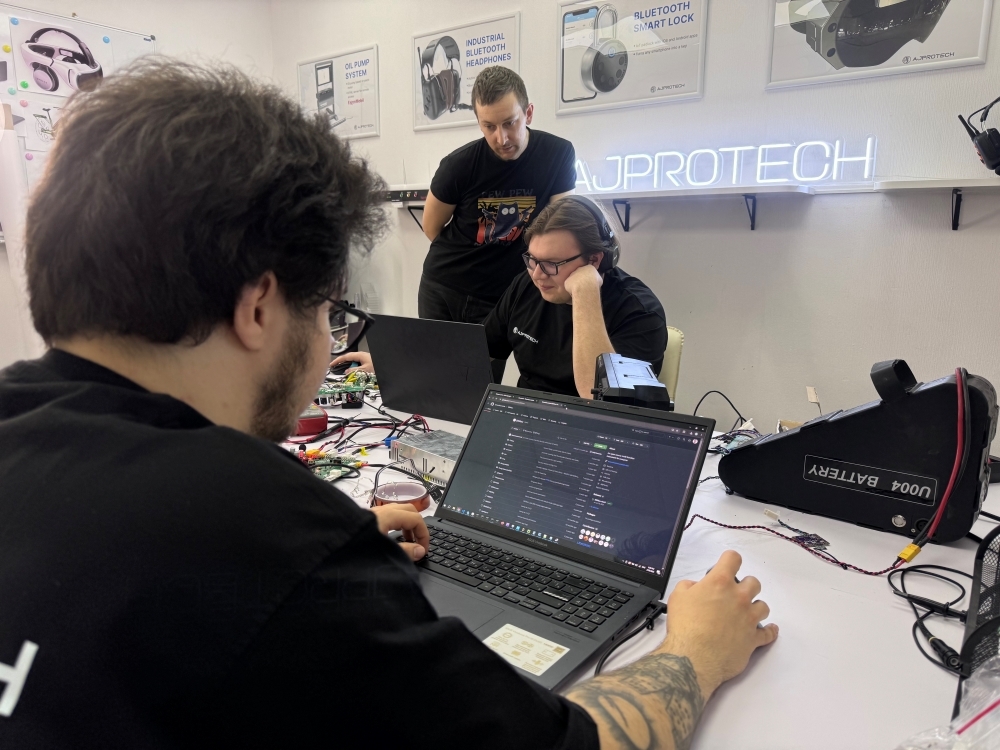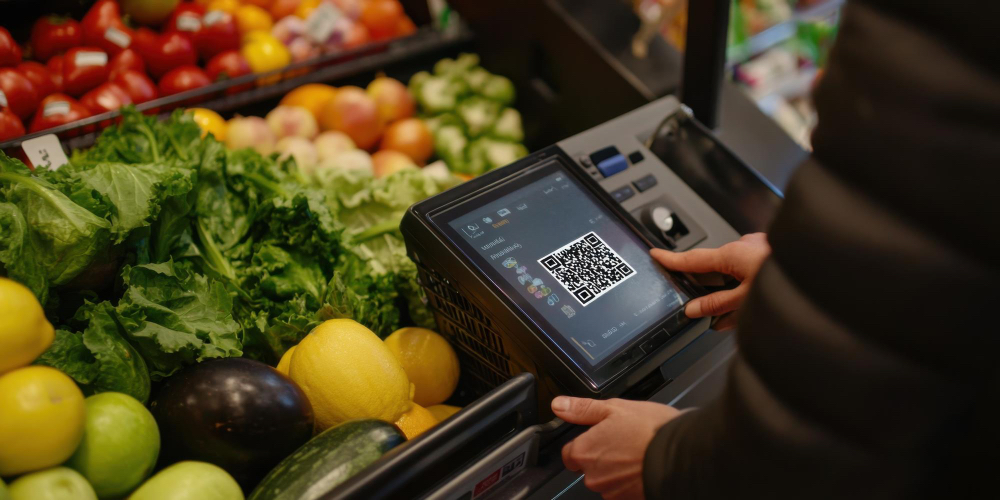Contents
Understanding IoT Software Development: Key Concepts and Components
Core Components of IoT: Devices, Connectivity, and Platforms
At the heart of every IoT solution are three pillars: devices, connectivity, and platforms. Let’s break down each pillar to uncover their unique roles and how they connect seamlessly to empower the Internet of Things.
- IoT Devices: These devices tirelessly gather real-world data like temperature, motion, or pressure. However, they often operate on limited resources: minimal memory, basic processors, and strict power constraints. Developing software at this layer means crafting lightweight, efficient firmware that makes every byte and milliwatt count. Developers must anticipate and handle disruptions like signal fluctuations, low battery conditions, or environmental noise, while ensuring reliable performance.
- Connectivity: Once a device produces data, it needs a reliable way to communicate. The choice of protocol depends on key factors:
- Power requirements: Battery life versus continuous power
- Bandwidth: How much and how frequently data is sent
- Range: Proximity versus long-distance communication
- Security: Level of protection required
For instance, MQTT is favored for low-bandwidth, high-latency environments, while HTTP remains popular for RESTful integrations. Middleware and protocol translators are often needed for interoperability like air traffic control for waves of data from heterogeneous devices.
- IoT Platforms: Once data traverses the network, it converges on an IoT platform: a centralized hub that processes, organizes, and stores massive volumes of incoming metrics. Leveraging cloud computing offers on-demand storage and computational power, eliminating the need for local server hardware. The platform bridges the technical with the practical: from engineering data streams to actionable business intelligence.
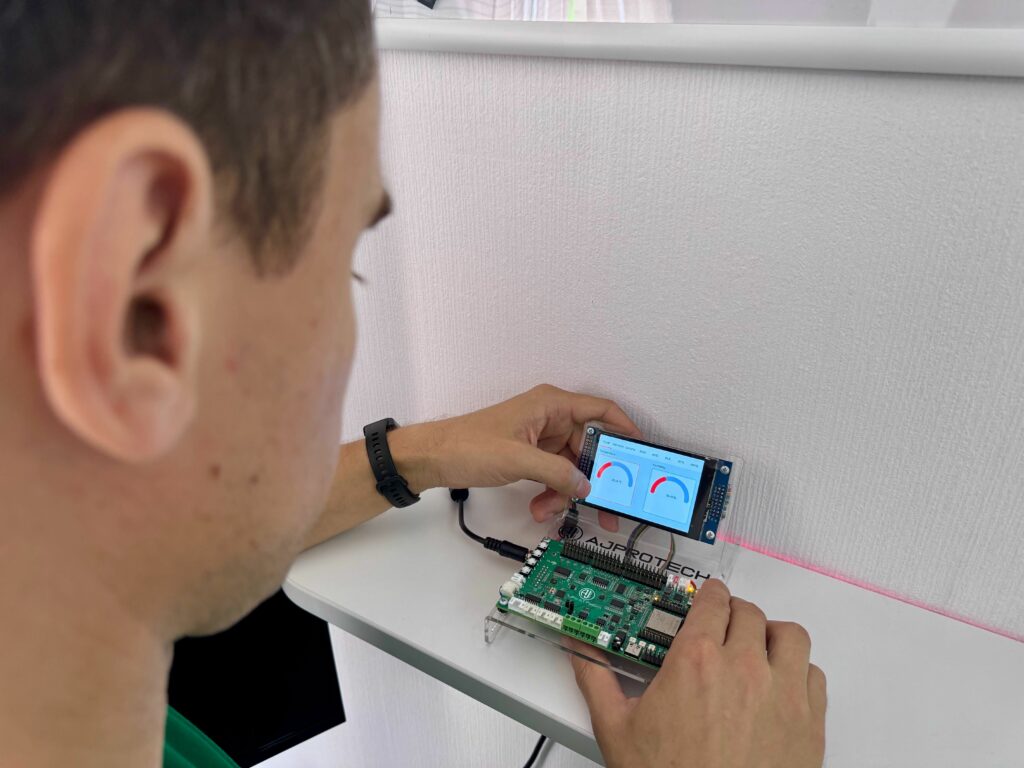
A harmonious IoT architecture seamlessly connects these components, enabling data to flow from sensor to cloud to end-user interfaces. If you’re curious about how development companies blend these layers, explore our detailed IoT product development process.
The Role of IoT Developers
What does it truly take to be an IoT developer in today’s fast-evolving landscape? Gone are the days of solitary programmers. IoT development is a synergy of diverse expertise:
- Embedded Engineers: Create the firmware that brings hardware to life, ensuring efficiency, reliability, and resilience even under tough conditions.
- Cloud Architects: Design the robust backends that collect, store, process, and analyze data at scale.
- Application Developers: Build engaging, intuitive interfaces, whether for mobile, web, or industrial control panels, that connect users with their devices.
- Security Specialists: Safeguard the entire ecosystem against cyber threats through encryption, authentication, and continuous vulnerability assessment.
A successful IoT developer must bridge both hardware and software worlds, understanding how physical constraints translate into software trade-offs. For example, designing secure over-the-air (OTA) updates is essential: devices in the field must be remotely patchable yet immune to unauthorized access or tampering.
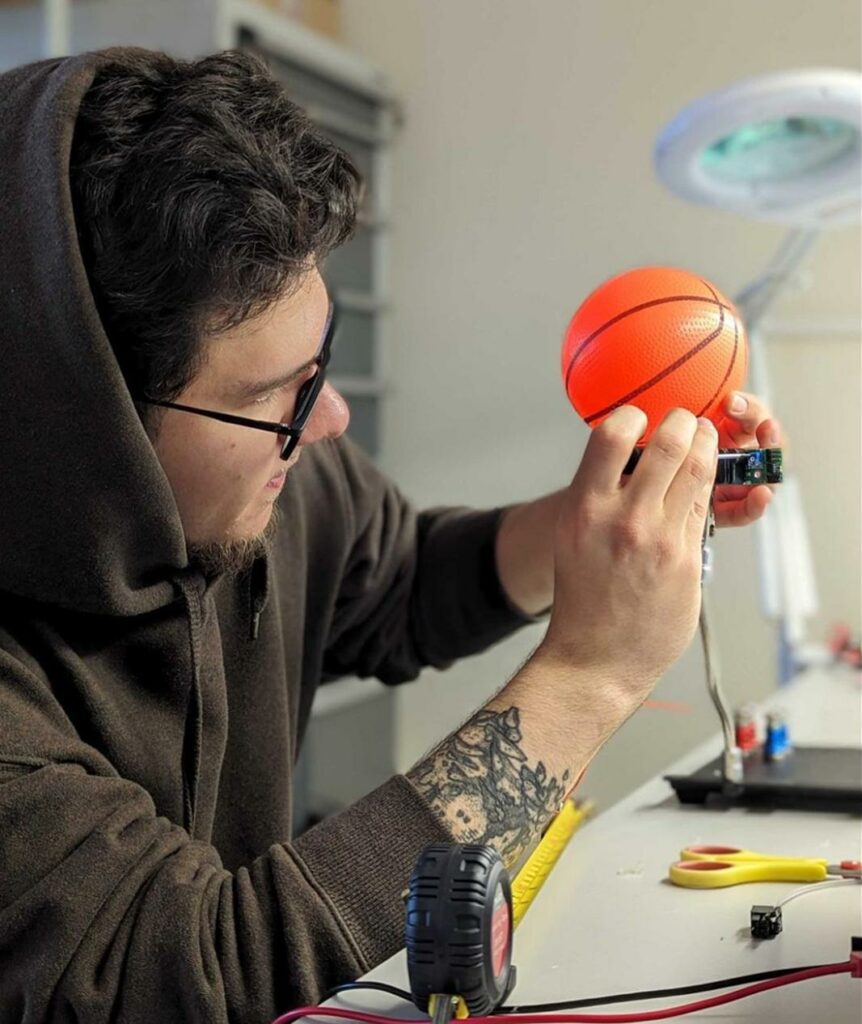
Ultimately, the world of IoT demands not just technical acumen but flexibility, strategic thinking, and a relentless commitment to user privacy and data security.
The IoT Software Development Process: From Idea to Reliable Product
Stages of IoT App and Application Development
Successful IoT software development is a meticulous journey: rushing risks catastrophic failures. Here are the critical milestones:
- Requirements Gathering: Define goals, constraints, regulatory requirements, and expected outcomes. A comprehensive SRS (Software Requirements Specification) is critical to avoid costly missteps.
- Feasibility Analysis: Evaluate if your vision is achievable within technical and budgetary limits.
- Architecture Design: Blueprint the structure: firmware (device layer), connectivity (network protocols), and data (cloud vs. edge). Choose your protocol wisely, balancing interoperability, scalability, and performance.
- Development: Write firmware for each device, ensuring it’s efficient, secure, and resilient. Build backend services and analytics engines in the cloud. Craft engaging interfaces for users: mobile apps, dashboards, or voice assistants.
- Deployment: Roll out firmware, configure gateways, and connect the cloud platform. Plan for ongoing monitoring, remote updates, and centralized device management to keep your software functional.
Robust IoT deployment means more than installing an app. It’s about orchestrating device firmware, middleware, APIs, scalable analytics, and secure device management.
Key Challenges in IoT Software Development and How to Overcome Them
- Security: Every connected device is a potential entry point for attackers.
- Interoperability: Devices from different vendors often use disparate protocols. Implement middleware, use standard protocols and build adaptable software bridges.
- Scalability: As your deployment grows, ensure your architecture can handle spikes in real-time data and analytics workloads.
- Testing and Debugging: IoT systems are complex. Bugs often appear only under specific real-world conditions.
- Maintenance and Operations: Devices in remote or harsh environments need seamless OTA updates, predictive failure detection, and self-healing routines.
Pro Tip: Regularly revisit your security and scalability assumptions. IoT ecosystems evolve rapidly, and so do threats.
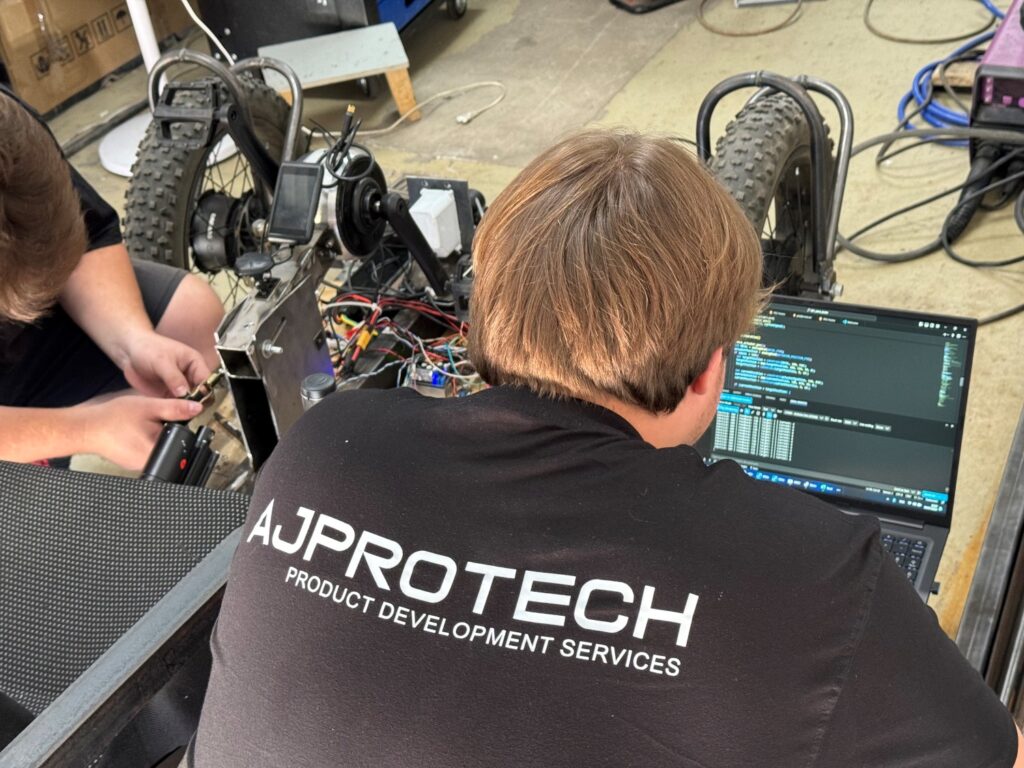
Applications of IoT Software Development
Today’s IoT is no longer confined to science fiction, it’s driving tangible improvements in daily life and business outcomes. Imagine a hospital where devices monitor critical patients, a city where traffic lights adapt in real time, or a warehouse that manages itself based on sensor feedback.
Key Applications of IoT Across Industries
- Manufacturing:
- Predictive maintenance with sensors analyzing machine health
- Automated quality control and supply chain tracking
- Logistics and Transportation:
- Real-time fleet tracking and optimized delivery routing
- Cold chain monitoring for sensitive goods
- Healthcare:
- Remote patient monitoring with predictive analytics
- Asset tracking within clinics and hospitals
- Agriculture:
- Soil sensors and weather data optimize irrigation and fertilizer use
- Livestock monitoring for health and productivity
- Smart Cities:
- Traffic optimization, pollution control, and real-time public safety alerts
- Smart grids for efficient energy management
- Retail:
- Connected shelves and inventory systems for streamlined stock management
- Personalized customer engagement through smart beacons
From factories to fields, clinics to city streets, IoT development powers the smart applications defining tomorrow’s world. Still uncertain how to begin? Start with a feasibility study to clarify your specific opportunity.
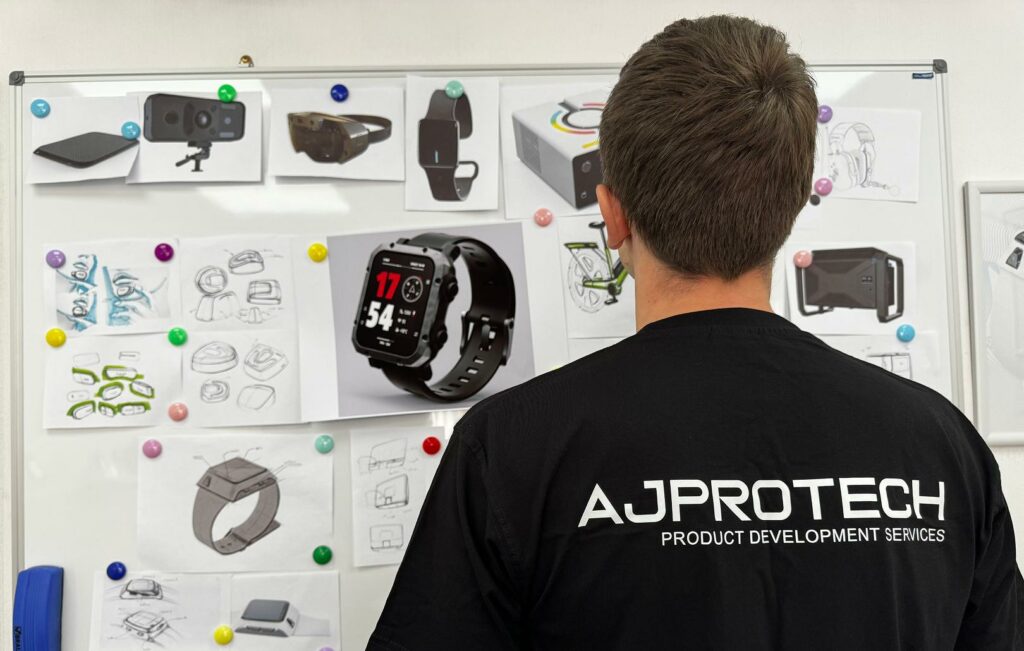
What to Look for in Your IoT Development Partner
Selecting an IoT development partner is a strategic decision. Here’s how to choose wisely:
- Technical Depth: Look for teams with proven expertise in both hardware and software, especially in integrating embedded systems, cloud platforms, robust networking, and application development.
- Demonstrated Process: Top companies can show you their validation journey: EVT, DVT, and PVT. Ask for real-world examples of remote over-the-air updates, device management at scale, and handling edge/cloud processing transitions.
- Security Mindset: Does the team incorporate security at every layer, from hardware encryption to cloud authentication, regular patching, and compliance with international standards?
- Design and Usability: Strong teams align industrial design (ID) with UX/UI, ensuring devices are not only functional but delightful to use, balancing aesthetics with real-world constraints.
- Agility & Communication: Effective partners adapt quickly, explain their development and MVP prototyping approach, and maintain open communication with clear SRS documentation.
- Lifecycle Commitment: The relationship shouldn’t end at deployment. The right company manages device fleets long-term, delivers regular updates, and adapts to new regulations and business needs.
In summary: Every parameter we’ve outlined comes from real-world experience and AJProTech’s own performance benchmarks — not just theory. We apply these principles daily with every client, from early-stage startups to global enterprises. Our team ensures technical depth, transparent EVT–DVT–PVT validation processes, strong cybersecurity foundations, thoughtful UX/UI and industrial design, and long-term lifecycle support for every connected device.
We’re open to new partnerships and would be delighted to build custom software and hardware solutions for your IoT product — from concept to full-scale deployment.


